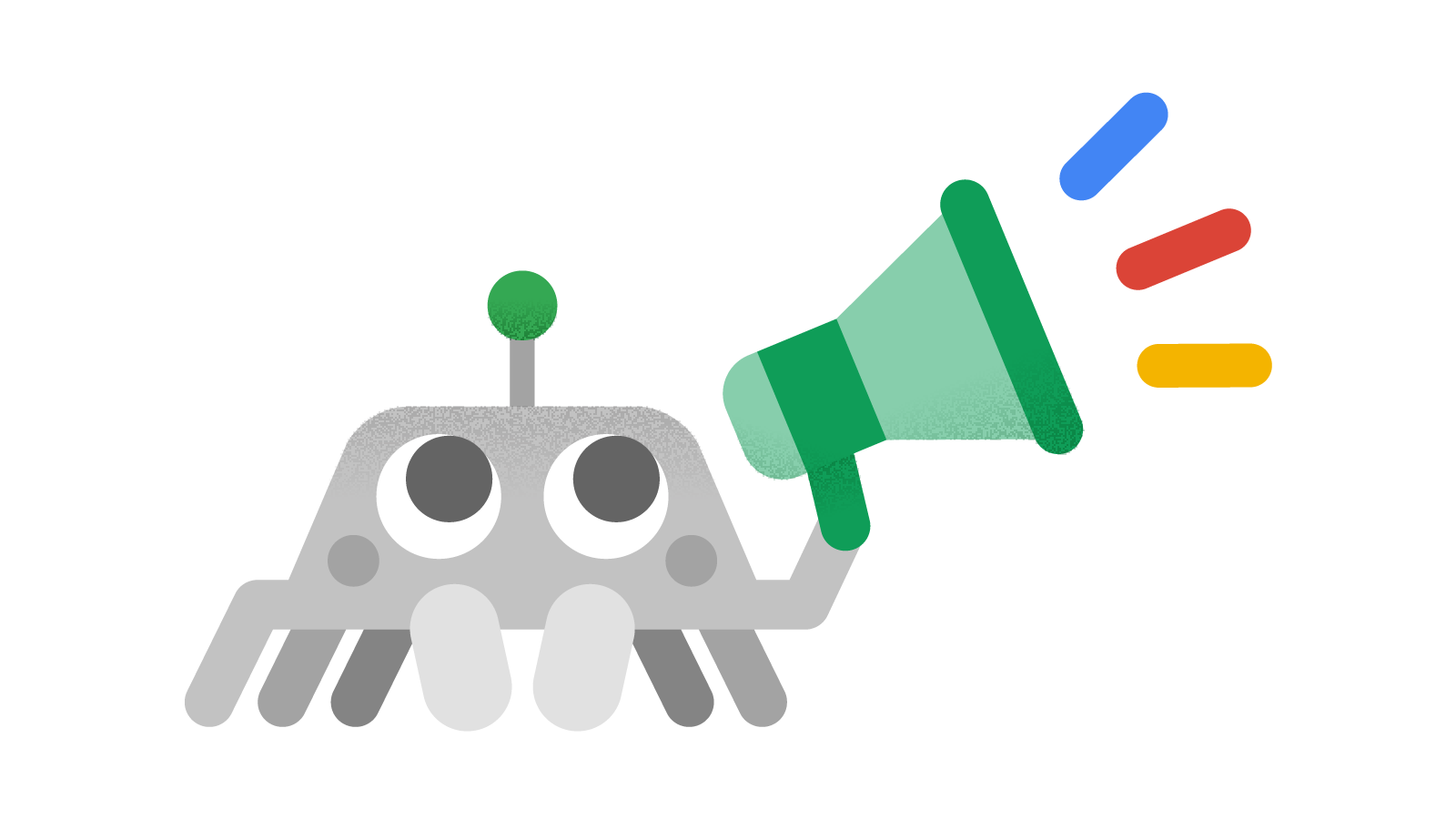
Research through textual content can only take you that far. Images are where the information is at. People relate easier to images and learn faster because it is more relatable. Rather than reading lines of content, images seem easier, right? Well, researching requires effort, whether you’re dealing with text or images. And your research ensures you stay ahead of the competition. But, what happens when your competitors consistently outrank you on search even though you’ve done everything, from identifying your competition to analyzing their product offerings, and learning their pricing module, and putting up yours accordingly.
Here’s where Google Image Search could help. Useful when you want to narrow down to a picture of a particular place, or even a certain size, image search can help you analyze your competition’s marketing strategy. Improve your own and then outrank them on search. Features like filters on advanced image search can help you skip poring over scores of pictures to find exactly what you want. You can even check out what your competitors are doing. While copying your competitor’s marketing strategy isn’t the best thing, learning from it while coming up with your own may help.
How To Use Google Advanced Image Search?

Using this function is quite easy. Below, we’ve enumerated how you can use the dashboard and advanced filter options to narrow down your search results. But first, you get to the advanced dashboard.
- Visit images.google.com or click on the ‘images’ tab, on a normal Google search page.
- Look for the gear icon on the top right-hand corner of the screen. Click on it.
- To narrow down your search further, use the filter options on the advanced image search dashboard.
The filter options allow you to search for images in a number of ways.
- The first way, called ‘this exact word or phrase’, is not unlike a normal text-based query, where users find images using full phrases like ‘brown bags’ either in their file name or alt text.
- Users looking for a slightly broader search will appreciate the ‘any of these words’ option, that even has an ‘OR’ between all the words you wish to include. For example, ‘brown bags or rucksacks’
- Those who love to work backward would love the ‘none of these words’ option, which allows a search query to be used sans certain words or phrases. You use the ‘-’ sign to denote the same.
- Further on, there are technical ways to filter out images. Pixel size is one criterion, where you can choose between small, medium, large icon sizes, or even choose images larger than a certain size. The size and quality of the image are proportional to the number.
- You can use the ‘aspect ratio’, i.e the ratio of an image’s width to its height, as criteria too. Choose from options like tall, wide, square, or panoramic.
- Those who want further options can narrow down search results according to color. You can find full black and white, transparent, or even color-specific images.
- There are various file format options like JPEG, RAW, BMP, GIF, and PNG formats, you can refine your search results by.
- Find images published from any part of the word using the drop-down list that displays countries.
- The site or domain filter allows you to look for images that have come from a particular website.
- You can also filter by image usage rights, finding royalty-free images and paid images. You can filter by commercial, creative commons, and other licenses.
Now, there are certain tricks that you can employ to use Google Advanced Image Search, to gain a competitive advantage. Thanks to its different advanced filters, you can definitely gain an upper hand.
Use Specific Phrases to Find Competitors
You need to know your competitors inside out, even before you enter the market. If you are familiar with who you’re up against, you can alter your digital marketing strategy to outsmart them accordingly. For example, if you are selling homemade soaps on an eCommerce site, you can use the filter options ‘this exact word or phrase’, ‘region’ and more, to find other sites that sell homemade soaps. Advanced search allows you to see your direct competition, analyzing their marketing material. You can see any created infographic, their image nomenclature, and other important information that can help you visually sell your goods in a better way.
Find Guest Blogging Opportunities – Using Reverse Image Search
Guest blogs are quite helpful in link-building. Backlinks can help give your brand a thoughtful authoritative identity and bring useful traffic to your site. Spend hours trying to find relevant guest posting opportunities. Or reverse image search, by which you can find guest-posting opportunities that have boosted your firm’s authority. By reverse image searching the headshot of their lead writer, you’ll find out where your competitor guest blogs and the posts that they write.
Get In Touch With Websites
Find websites that align with your brand’s voice and vision. Focus on those websites that have high website traffic and decent engagement rates, and appeal to your consumer band. After you get a list, prepare a pitch. With the amount of content on the internet today, everyone wants fresh ideas. Concentrate on articles that showcase your expertise and try to solve a consumer problem or tackle a previously untouched topic.
Stay On Top Of Trends Courtesy the Time Feature
For fashion brands, fast food brands, and other quick consumables, the ‘time’ feature on Google Advanced Search image poses a considerable advantage. Filter timelines by the past 24 hours, a week, a month, a year, or any time frame of your choosing. Keep an eye on what’s trending in your industry, and see how your competitors respond to them.
Write Better Product Descriptions
A good product description goes a long way in inducing a sale. Search engines use these descriptions to rank products to display on their text, shopping tab, or image search results. Either appear as the top choice or be invisible. Because no one remembers who came second. The domain filter, when fed a keyword related to the product you sell, gives you keywords your competitors use for their product title.
Final Thoughts

In conclusion, as Google strengthens its services and multiplies its technological capabilities, users have good news. While on one hand privacy is becoming a problem in one part of our online universe, on another hand topics such as SEO, organic rankings, have seen more focus as firms jostle for relevance in this content-saturated digital world. When there are so many voices, it pays to sound different. Using Google Advanced Image Search options can help you find out what your competition is doing so you can adopt a better approach. Copying their strategy might get you similar or worse results. However, if you want an impact that lasts, use the tool wisely and retain your brand’s originality, to see your consumer base grow. Read our blog on how to carry out effective market research in a digital age to stay on top of the market.
